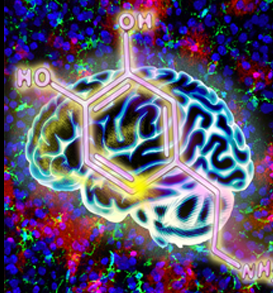
A new study published in Nature Neuroscience provides a comprehensive survey of the diversity and morphological types of dendrites of projection neurons in prefrontal cortex, by reconstructing and analyzing the complete morphology of dendrites and axons of nearly 2,000 single neurons in prefrontal cortex. This work reveals the relationship between dendritic morphology and axonal projections, and reconstructs the connection network between projection neuron types in prefrontal cortex. This work provides important clues for the in-depth study of the function of prefrontal cortex, basis for neuron simulation, and inspiration for artificial intelligence.
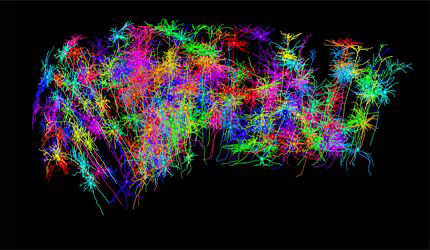
On April 25, 2023, the journal Physics of Life Reviews published a review paper online entitled “Structure and Function in Artificial, Zebrafish and Human Neural Networks.” This study was a collaborative effort between the DU Jiulin’s research group.
A new study published in Neuron revealed that cholecystokinin (CCK) neurons in the suprachiasmatic nucleus (SCN) play an important role in the regulation of the robustness of mammalian circadian clock. This study was performed by Dr. YAN Jun's lab.
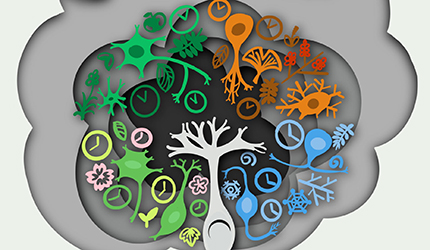
A recent study published in Schizophrenia Bulletin demonstrated spatial and temporal abnormalities of spontaneous fixational saccades and their correlates with positive and cognitive symptoms in schizophrenia. This work was performed by researchers in Dr. WANG Wei’s lab and Dr. WANG Jijun’ team. This work suggests fixational saccades are a promising and easily obtainable biomarker for cognitive and positive symptoms and for complementary diagnosis in schizophrenia.
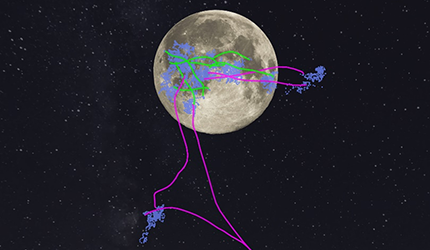
A recent study published in Genome Biology used SLIM-seq technology to map the dynamics of RNA m6A modification during maternal-to-zygotic transition (MZT) in mice, and revealed the functions of m6A reading and writing on mouse preimplantation embryonic development through multi-omics analysis and CRISPR/Cas13d-mediated gene knockdown.
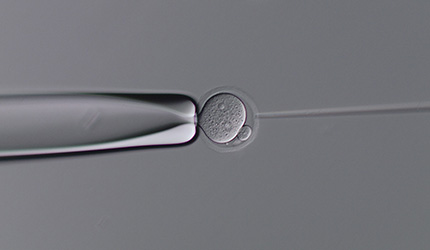
A recent study published in Cell Stem Cell reported the generation of monkey blastoids using na?ve ESCs and optimized protocol. In-vitro cultured monkey blastoids recapitulate gastrulation-like stage to germ layer formation. In-vivo transplantation of monkey blastoids triggers early pregnancy with gestation sacs. This study developed a potentially valuable system in investigating primate embryonic development.
